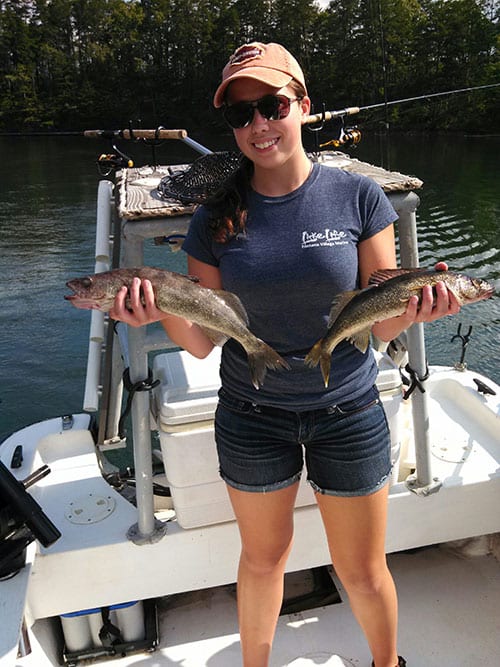Timing…it’s a constant in everything we do. Sometimes it’s something we can control, but there are times when we have only reactions at our disposal. Even within those confines we have choices to make that are time sensitive. When summer rolls around, things we guides have to consider include starting and stopping times, day choice based on which lake we fish and most especially, the timing of the dinner bells of our little finned friends. There are lakes I fish that if you are going to do well, you had better be on the water before daylight and at around 10 or 10:30 am, regardless of almost any other factor, you are done for the day as far as catching goes. Hartwell is one of those lakes, stripers feed early and totally disappear once that old sun gets up in the sky. This works out because the heat in upstate SC can be overbearing by midday. Fontana on the other hand can be a little more angler friendly in midsummer. Many of our fish move out and suspend in mid-channel during the day and continue to bite even on very hot days.
Trolling is the best way to take advantage of this scenario. We typically set up with at least three to four methods for reaching fish. You almost always have some breaking fish early. They may be against a bank or in the middle of an open area like the junction of the Tuck and Little Tennessee. To best intercept these fish, we do two things, first we put shallow running plugs like flicker shad or Rapala Jerkbaits on side planers to cover a lot of ground. This ups our chances of running into the roving small schools of spotted bass that are chasing little schools of threadfins or now, Bluebacks that are scattered on the surface. The other depends on the abilities of our clients, but we put them on the front of the boat with either jigs, jerkbaits, or spoons to cast directly at breaking fish. Talk about timing, if you throw more than 5 seconds behind a break or are off on your cast by more than a couple of feet, your chances of getting bit drastically falls off. On a good number of trips, about half of the fish caught will be caught by the anglers up front. Both spots and even bigger Smallies can be taken this way. Folks from lower elevations can’t believe it but we catch tons of bass in over 200 feet of water, it’s just a summertime thing.

Capt. James McManus is the Owner of 153 Charters. Give him a call for a great day of boat fishing!

